Honors Track
Can Roman de Fauvel come out to play?
Use these resources 1Links to an external site., 2Links to an external site., 3Links to an external site. & 4Links to an external site. to provide responses to the following
1. Who, what, where, when & why?
Who: Gervais de Bus, a clerk at the French royal chancery.
What: A satirical poem comprised of two books. The poem also includes 169 musical pieces — all with lyrics — of various forms and styles.
Where: This work originated in France.
Why: The dislike of King Philipe IV lead Gervais de Bus to make fun of the Pope, church, king, and entire French Society.
When: 14th Century, around 1310-1320
2. What does the Fauvel acronym represent?
This acronym stands for Flattery, Avarice, Vileness, Variability, Envy, and Laxity.
3. Describe musical trivia attributed to this work
This work was a very early example of isorhythm. This is a type of polyphony where the tenor voice has the melody, and many rhythmic patterns are repeated. Other genres within this work include plainchant, rondeaux, ballad, and chanson.
4. How does this music sound and how does it make you feel?
Due to the satirical nature of this piece, I get a Monty Python feeling from the music. The multiple lines with the percussive accompaniment is rather upbeat. Nonetheless, something about the timbre of the stringed instrument screams comedy to me.
5. Give a few examples of how this work is relevant today
This work is relevant today because of the early insight to isorhythm. It is one of the first examples of such a technique and, by viewing techniques of the past, we can better understand the techniques of today. Also, on a written-history perspective, this is a rare work of old political commentary (basically, it was dangerous to insult people of power and written works of criticism were not common).
Can the Montpellier Codex come out to play?
Use these resources 1Links to an external site., 2Links to an external site., 3Links to an external site. Links to an external site.& 4Links to an external site. to provide responses to the following
1. Who, what, where, when & why?
Who: Although it is anonymous, musical similarities point us towards Pérotin, Petrus de Cruce, Adam de la Halle, Guillaume d'Auvergne, and PhilippLinks to an external site.e le Chancelier.
What: This is a compilation of 336 polyphonic works from various composers. There are 8 fascicles, all of which contain different musical genres.
Where: It is believed to have originated from Paris.
Why: The reason for composing this source is unknown; the composers and purpose remain anonymous.
When: 13th Century, around 1250-1300
2. Define
-
Cantus Firmus- an existing melody (eg. an excerpt) used as an underlying basis for a polyphonic work.
-
Courtly Love- a popular story component of Medieval times in which a knight falls in love with a married noblewoman, and they never get a happily ever after together.
-
Motet- a short, sacred piece of vocal music. Usually polyphonic and unaccompanied.
-
Isorhythmic- a type of polyphony in which rhythmic patterns are repeated and the tenor voice holds the melody.
-
Macaronic- the combination of languages, usually latin and something else.
3. How does this music sound and how does it make you feel?
Especially the first link, Alle Psallite Cum Luya, was much more intense than Fauvel. The first, low melody begins the song off with a feeling of war (I was thinking of war drums) and then the building of melodies upon each other (with higher and higher pitch) created a sense that the music was leading up to something big. Then, about half way through, there was a change. A new timbre (one that really stood out) and an abandoning of the previous melodies in the polyphonic texture created a much different feel that continued in the vocal break. It was rather upbeat and celebratory.
The second link, Movement 111, was a somber vocal piece. The singers sounded like they were in despair or mourning.
4. Provide 4 images found in this Codex
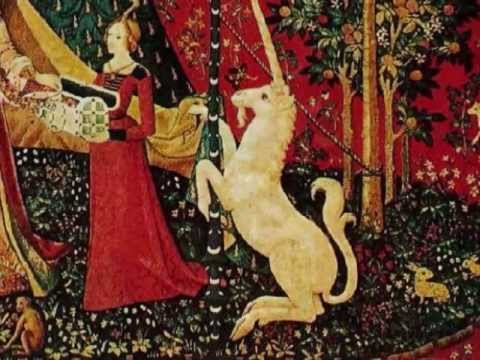

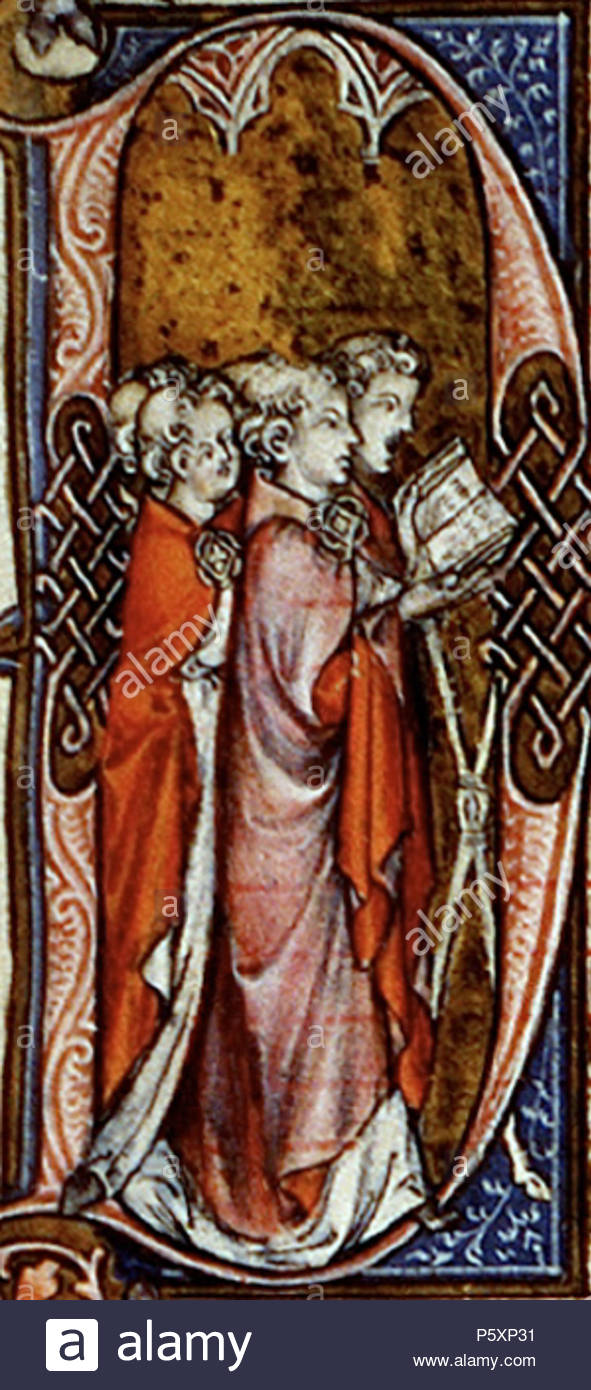
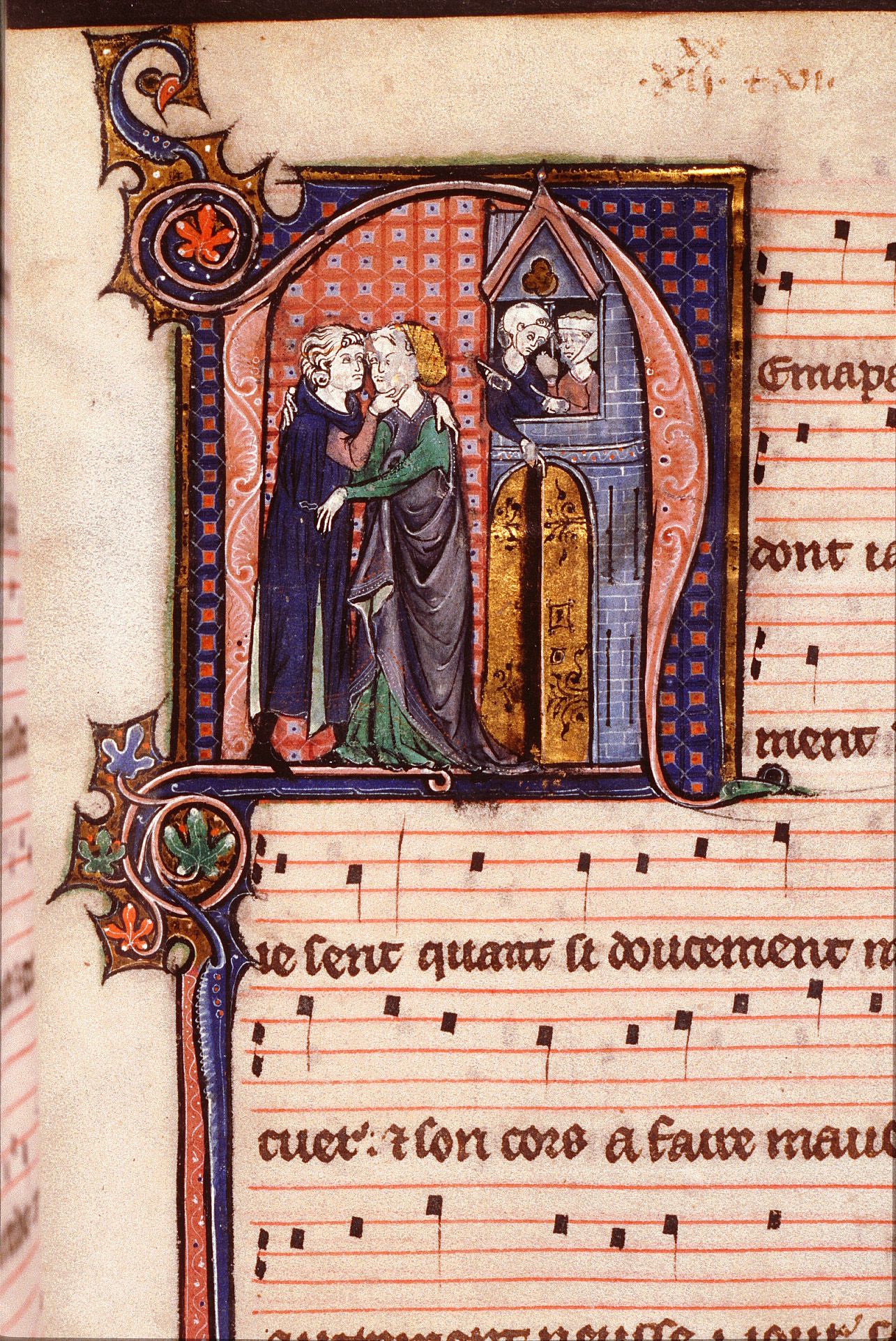
Can Beowulf come out to play?
Use the following resources to provide responses for each topic
1. Benjamin BagbyLinks to an external site.-Bio & Background
Benjamine Bagby is a descendent of early German Immigrants. He was captivated by Beowolf and, after moving back to Europe in 1974, he founded Sequentia — an ensemble for medieval music — along with Barbara Thornton. Outside of his performance life, he is also a teacher of medieval musical performance practice at the University of Paris. Sequentia has produced two CDs of musical reconstruction: ‘The Rheingold Curse’ and ‘Fragments for the End of Time'.
2. BeowulfLinks to an external site.-Time, Authorship, Duration, Bardic Traditions Beowulf is a (technically untitled) epic poem originating from the Anglo-Saxon region from the early 11th Century (or prior). The performance of Beowulf would range from five to six hours, all of which was told by the 'scop'. The scop may or may not accompany himself with a six-stringed harp, and never told the story the same way twice.
3. The Harp & MusicLinks to an external site.-Features, Details
This six-stringed harp used to accompany Beowulf (played by Benjamin Bagby) was recreated based on remains from the 7th century. Made of oak, this bardic instrument had six strings, a tailpiece, and a free standing bridge. The strings make up a "gaped octave" containing three perfect fifths and two perfect fourths. The purpose of this quiet instrument was not to be heard by all, but to be heard by the scop in order to guide his vocals.
4. Performance ExcerptLinks to an external site.-Musical Elements
The quiet six-stringed harp played a repetitive tune underneath the vocalist. The vocals would occasionally switch into a talking voice (most likely telling part of the story with dialogue). There were few times the harp was strummed instead of plucked, and when it was the vocals hit a peak moment of intensity. The tempo was relatively slow, and the story telling lead to an unmetrical performance.
5. Performance InterviewLinks to an external site.-5 interesting takeaways
1. He said his choices as an actor are limited due to the fact he is playing the harp the entire time (uses additude of body and voice to convey emotion)
2. Beowulf was written in "Old English", which was a completely different language
3. Beowulf text is the only surviving epic poem in the Old English language
4. Although Beowulf used to take 5-6 hours to perform, we do it nowadays in about two hours
5. Bagby would change his voice to represent different characters in the poem
Can Anonymous Four come out and play?
Use these resources to answer the following questions: Anonymous FourLinks to an external site. NPRLinks to an external site. Early Music AmericaLinks to an external site.
1. Who, What, Where, When & Why?
Who: Four women in a vocal quartet
What: An a cappella group originally dedicated to singing medieval music
Where: They first joined together in New York City
When: The group began in 1986
Why: "we wanted to hear what medieval chant and polyphony would sound like when sung by female voices."
2. Discography link
Anonymous 4 has created over 20 albums, some of which include : An English Ladymass: medieval chant and polyphony (1992), The Lily & the Lamb: chant & polyphony from medieval England (1995), Legends of St. Nicholas: Medieval Chant and Polyphony (1999), and Secret Voices: Chant & Polyphony from the Las Huelgas Codex, c.1300 (2011).
3. Publications
Anonymous 4 has created versions of medieval plainchant and polyphony that can be purchased at sights such as sheetmusicplus.com or earthsongs. These included works of Hildegard of Bingen, and Americana.
4. Images & Audio Examples
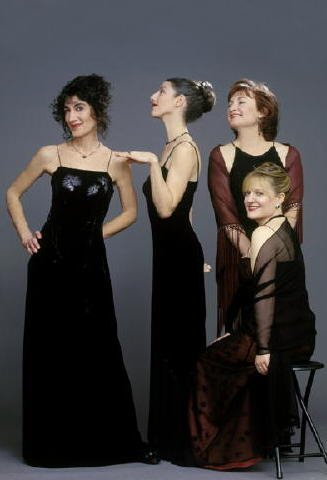
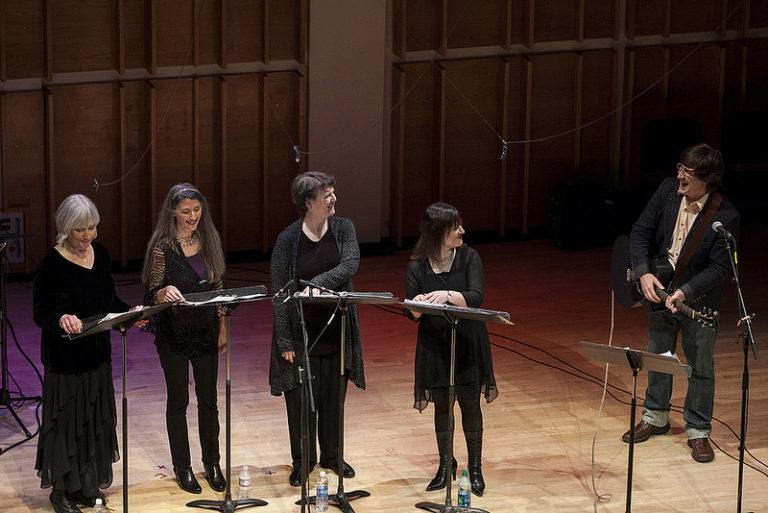


Link
Link2
Link3
 icons at the top right corner of the subsection.
icons at the top right corner of the subsection.